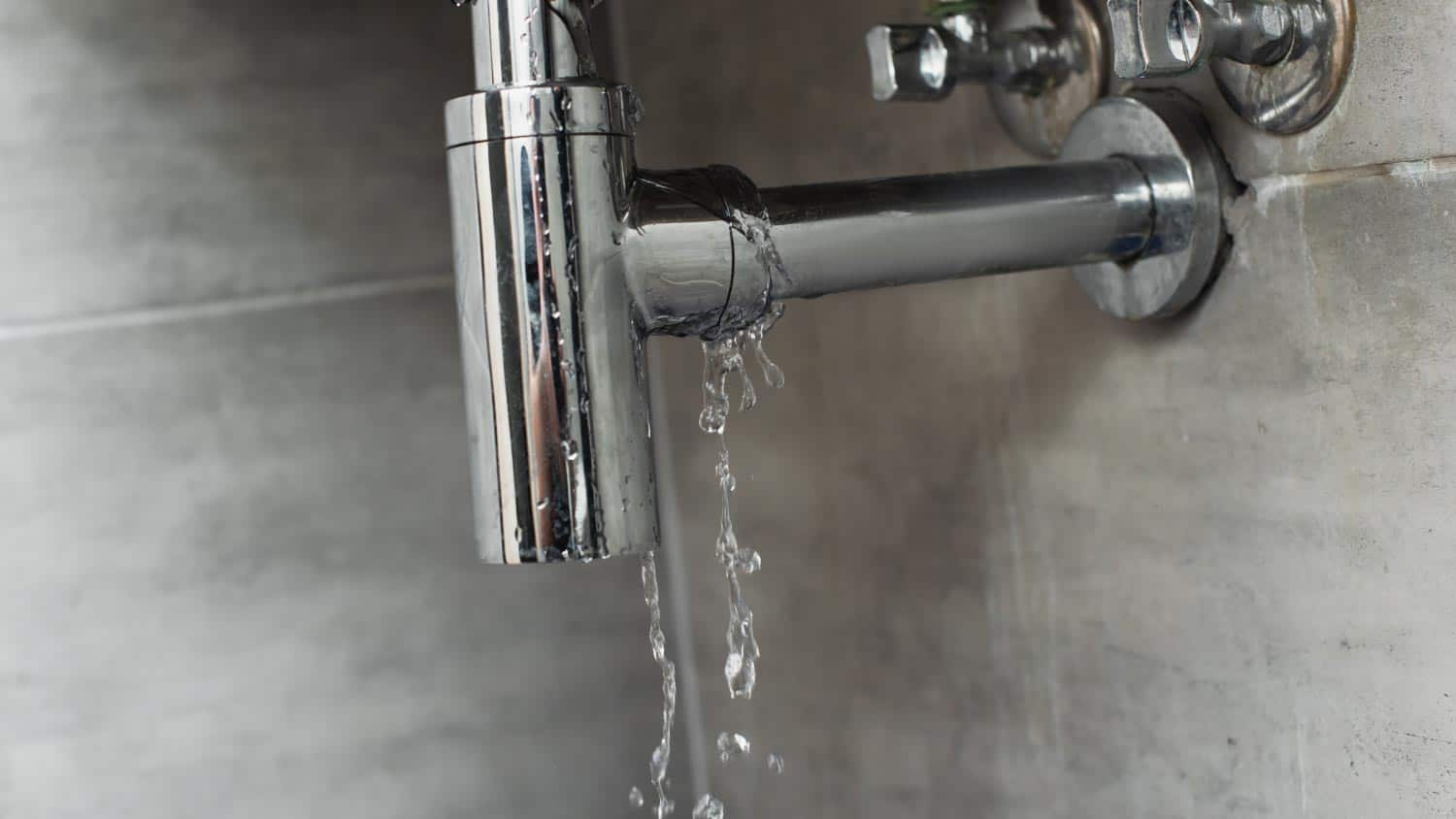Guide To Water Leakage Discovery In The House
Guide To Water Leakage Discovery In The House
Blog Article
Do you find yourself trying to find content around Leaking water lines?

Early discovery of leaking water lines can mitigate a prospective disaster. Some small water leaks may not be visible.
1. Check Out the Water Meter
Every house has a water meter. Inspecting it is a guaranteed way that aids you discover leakages. For starters, turn off all the water resources. Guarantee no one will certainly flush, make use of the faucet, shower, run the cleaning maker or dishwasher. From there, go to the meter and watch if it will certainly transform. Because no person is utilizing it, there must be no activities. If it relocates, that suggests a fast-moving leak. Similarly, if you find no changes, wait an hour or two and also examine back once again. This suggests you may have a slow leakage that can also be underground.
2. Inspect Water Intake
If you find sudden changes, despite your intake being the exact same, it indicates that you have leaks in your plumbing system. A sudden spike in your costs shows a fast-moving leakage.
Meanwhile, a steady rise on a monthly basis, even with the same practices, reveals you have a sluggish leakage that's also slowly intensifying. Call a plumber to extensively inspect your residential property, specifically if you feel a cozy location on your flooring with piping beneath.
3. Do a Food Coloring Test
When it comes to water usage, 30% comes from bathrooms. If the shade somehow infiltrates your dish throughout that time without flushing, there's a leakage in between the container and bowl.
4. Asses Exterior Lines
Do not neglect to examine your outdoor water lines too. Should water seep out of the connection, you have a loose rubber gasket. One tiny leak can waste lots of water as well as surge your water bill.
5. Examine and Analyze the Situation
Property owners need to make it a routine to check under the sink counters and even inside closets for any kind of bad odor or mold growth. These 2 red flags show a leakage so timely focus is needed. Doing regular examinations, even bi-annually, can conserve you from a significant issue.
If you understand your residence is currently old, keep a watchful eye on your heaters, hose pipes, pipes and so on. Look for stainings as well as compromising as the majority of pipelines and also home appliances have a life expectancy. They will additionally naturally weaken as a result of tear as well as use. Don't wait for it to intensify if you presume dripping water lines in your plumbing system. Call a specialist plumber right now so you don't end up with a horrible mess in your house.
Early discovery of leaking water lines can mitigate a possible calamity. Some small water leaks might not be noticeable. Examining it is a proven means that aids you uncover leakages. One small leak can lose loads of water as well as spike your water expense.
If you suspect dripping water lines in your plumbing system, don't wait for it to rise.
WARNING SIGNS OF WATER LEAKAGE BEHIND THE WALL
PERSISTENT MUSTY ODORS
As water slowly drips from a leaky pipe inside the wall, flooring and sheetrock stay damp and develop an odor similar to wet cardboard. It generates a musty smell that can help you find hidden leaks.
MOLD IN UNUSUAL AREAS
Mold usually grows in wet areas like kitchens, baths and laundry rooms. If you spot the stuff on walls or baseboards in other rooms of the house, it’s a good indicator of undetected water leaks.
STAINS THAT GROW
When mold thrives around a leaky pipe, it sometimes takes hold on the inside surface of the affected wall. A growing stain on otherwise clean sheetrock is often your sign of a hidden plumbing problem.
PEELING OR BUBBLING WALLPAPER / PAINT
This clue is easy to miss in rooms that don’t get much use. When you see wallpaper separating along seams or paint bubbling or flaking off the wall, blame sheetrock that stays wet because of an undetected leak.
BUCKLED CEILINGS AND STAINED FLOORS
If ceilings or floors in bathrooms, kitchens or laundry areas develop structural problems, don’t rule out constant damp inside the walls. Wet sheetrock can affect adjacent framing, flooring and ceilings.
https://www.servicemasterbyzaba.com/blog/how-to-detect-water-leakage-in-walls/

I am just very inquisitive about Hacks to detect leaks and I'm hoping you enjoyed reading the entire piece. Sharing is nice. You just don't know, you will be helping someone out. Bless you for your time. Don't hesitate to check our site back soon.
Report this page